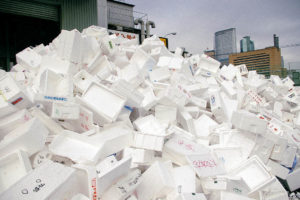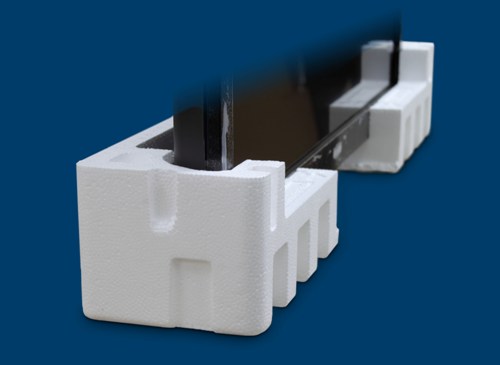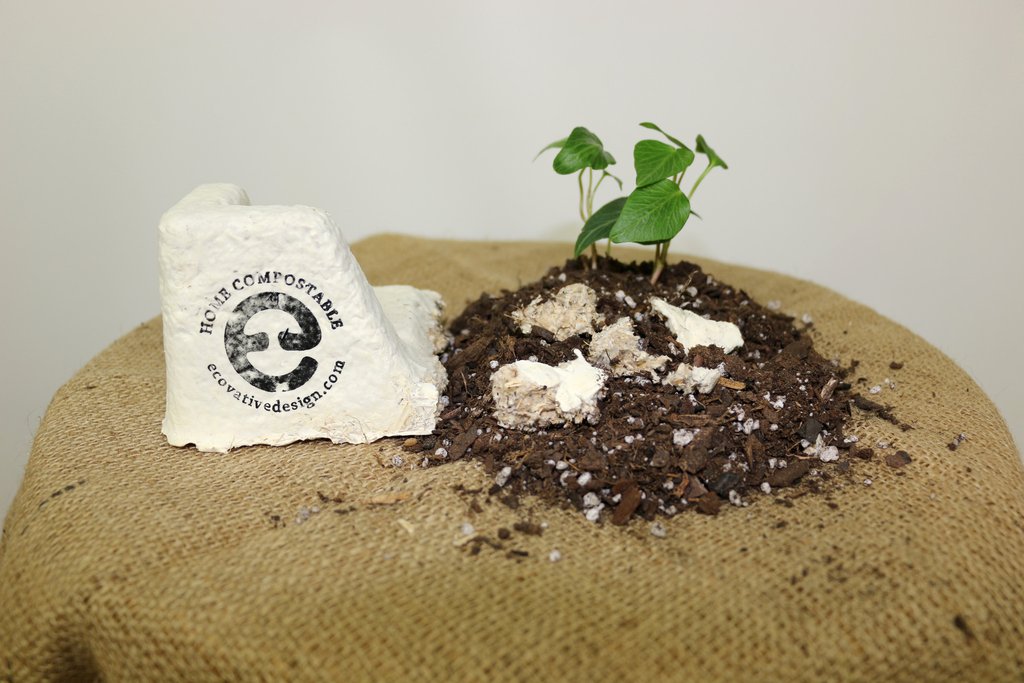The personal health effects of polystyrene
We’ve probably all seen the clips on TV and social media of bits of plastic finding it’s way into the stomachs of marine animals. The problem is the same with polystyrene packaging, or possibly even worse. Balls of polystyrene get lodged in the intestines and cause blockages, but also acts like a sponge, absorbing some of the nastiest contaminants in the ocean.
This is not just bad for the animal eating it, but of course any animal that eats the animal that ate it, ie, us humans.
The International Agency for Research on Cancer as long ago as 2002 issued a report that established “Styrene”, one of the main ingredients in polystyrene as a possible human carcinogen. Further, a report in 2014 by the National Toxilogical Program states that styrene is “reasonably anticipated to be a human carcinogen” and as being linked to occurrences of leukemia and lymphoma cancer. Is this finding it’s way on to our Friday fish ‘n’ chips.
Why can’t it be recycled?
To understand the difficulties in recycling you first have to understand the manufacturing process. Small beads of polymer polystyrene are steamed with chemicals to cause it to expand to 50 times their original volume. After cooling and setting the beads are then blown into a mould and steamed again causing the beads to expand further and fuse together. To recycle a polystyrene block, you cannot re-mould it because the beads have already been expanded.

One possibility is to incinerate it. Thermal recycling releases carbon dioxide and water vapours which makes it good for waste-to-energy programs that use heat. However, it’s viability is massively offset by the cost of transporting huge loads of light, bulky EPS (expanded polystyrene) blocks to these incinerators.



